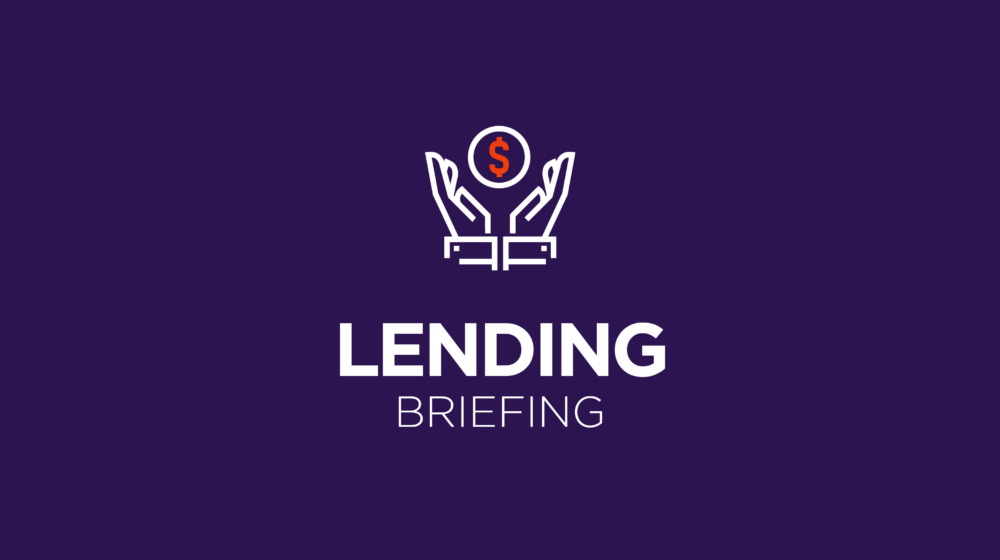Lending, Member Exclusive
Lending Briefing: Q3 credit lines are at all time high while delinquencies rise
- Earlier this year, lenders were becoming more comfortable to lend to subprime borrowers due to record low delinquency rates across products.
- However, with a recession on the horizon and inflation closing in, the winds of change are blowing with many trends returning to their pre-pandemic patterns.








